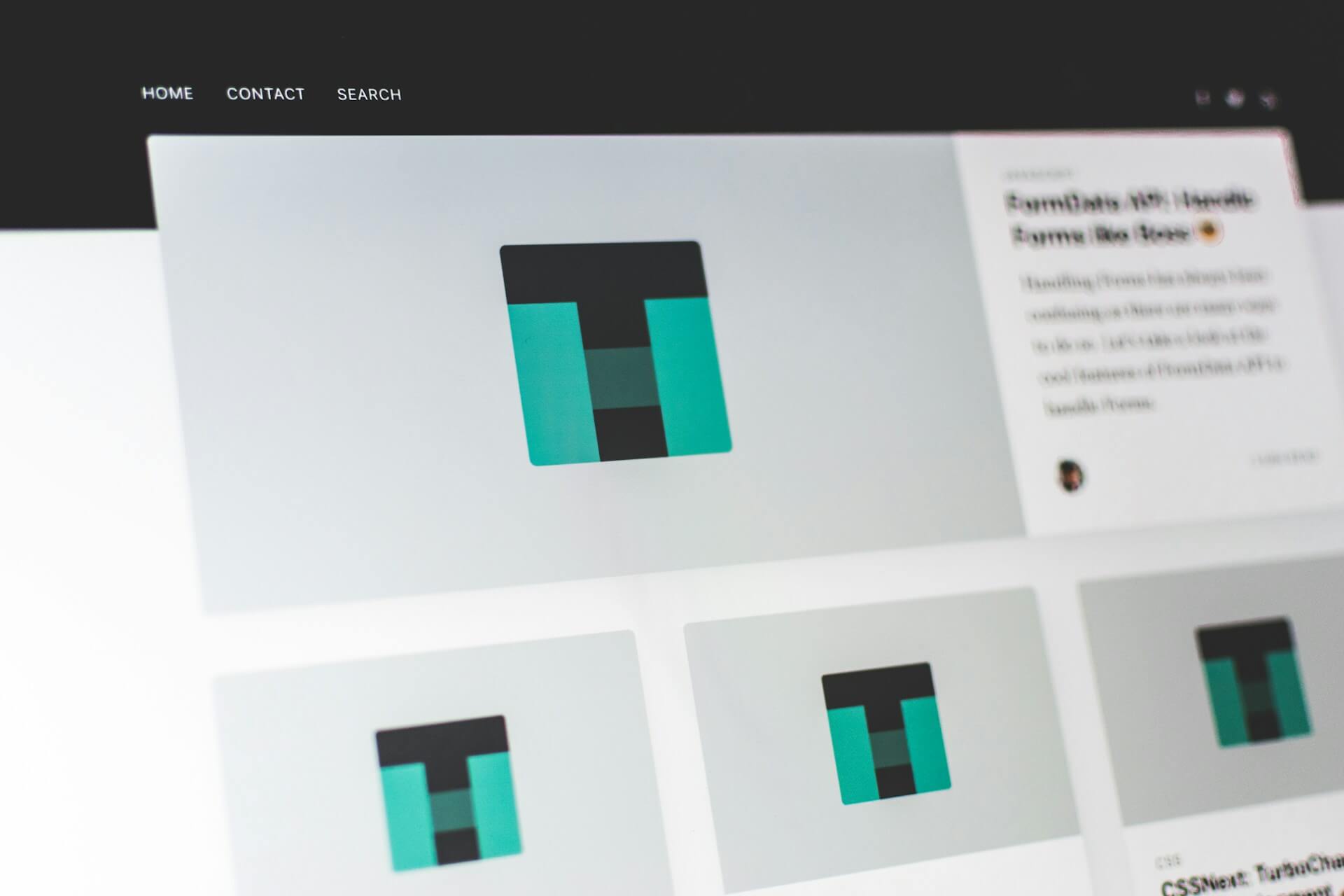
5 Common Mistakes to Avoid When Building Your MVP for Success
Avoid common pitfalls in your MVP journey! Discover the top 5 mistakes startups make with their minimum viable product and set yourself up for success.
Starting a business can feel overwhelming, especially when it comes to creating your first product. You might have heard the term MVP (Minimum Viable Product) thrown around, but what does it mean? Simply put, an MVP is the most basic version of your product that solves a specific problem for your target audience. It's not meant to be perfect—it's a starting point designed to test your idea, gather feedback, and learn what works before investing heavily in development. Want to dive deeper? Check out our guide on how to build an MVP in 10 days.
Building an MVP the right way can save you time, money, and frustration while helping you gain early traction and insights from real users. But if done poorly, it can lead to wasted resources and missed opportunities.
In this post, we'll break down the 5 mistakes to avoid when building your MVP, offering straightforward advice for beginners and those unfamiliar with the process. Whether you're a first-time entrepreneur or new to product development, this guide will help you take the first steps toward success.
Mistake #1: Failing to Define a Clear Problem Statement
One of the biggest mistakes startups make during MVP development is not defining the problem they're solving. Without a clear understanding of the pain points your product addresses, you risk building something no one needs.
Why This Happens
- Rushing through the market research phase.
- Trying to serve too broad an audience without focusing on a specific niche.
- Assuming you already know what your target audience wants.
How to Avoid It
- Conduct Market Research: Interview potential users, analyze competitors, and study industry trends to identify real gaps in the market. Learn more about how to validate your startup idea.
- Create a Problem Statement: Write a concise statement that defines the problem your product solves and why it matters.
- Validate Your Assumptions: Before building anything, test your problem statement with potential users.
Example: Slack started by addressing a very specific problem: improving team communication for game developers. This laser focus helped them build an MVP that gained immediate traction.
Mistake #2: Overloading Your MVP with Too Many Features
It's tempting to build an MVP that does everything—after all, you want to impress users, right? But cramming your minimum viable product with too many features dilutes its core value and complicates development.
Why This Happens
- Fear of not meeting user expectations.
- Difficulty prioritizing features due to a lack of focus.
- Aiming to compete with established players too early.
How to Avoid It
- Focus on the Core Value Proposition: Identify the one feature that solves the primary problem for your users.
- Prioritize Features with Frameworks: Use tools like MoSCoW (Must-Have, Should-Have, Could-Have, Won't-Have) to rank features based on their importance.
- Test a Prototype First: Before committing to full development, create a prototype to gauge interest in your core idea.
Example: Airbnb's initial MVP was a simple landing page where people could list and book spaces. No bells and whistles—just the core functionality needed to test their idea.
Mistake #3: Ignoring User Feedback
Ignoring user feedback is a common mistake that can lead to an MVP misaligned with market needs. Early adopters are your best resource for refining your product, yet many startups fail to listen.
Why This Happens
- Overconfidence in your vision for the product.
- Lack of processes to collect and analyze feedback.
- Hesitation to pivot based on feedback.
How to Avoid It
- Create Feedback Loops: Use surveys, interviews, and tools like Typeform to gather insights from your early users.
- Analyze User Behavior: Track usage metrics with analytics tools like Mixpanel or Google Analytics.
- Iterate Quickly: Treat your MVP as a learning tool, and be ready to pivot based on what you learn.
Example: Instagram began as a check-in app called Burbn. Feedback revealed users loved the photo-sharing feature, prompting a pivot that turned it into the wildly successful platform it is today.
Mistake #4: Targeting Too Broad an Audience
Trying to appeal to "everyone" at the MVP stage is a recipe for disaster. A broad target means diluted messaging, scattered marketing efforts, and a product that resonates with no one. Understanding how to get your first 10 users is crucial for early success.
Why This Happens
- Fear of missing potential customers.
- Lack of clarity on the ideal target audience.
- Pressure to show immediate growth to investors.
How to Avoid It
- Define Your Niche: Focus on a specific segment of users who are most likely to benefit from your product.
- Build Customer Personas: Identify the demographic and behavioral traits of your ideal users.
- Tailor Your Messaging: Use targeted marketing campaigns to reach this niche effectively.
Example: Robinhood started by focusing solely on millennial investors, offering commission-free trading. This clear focus allowed them to gain early adopters and proliferate.
Mistake #5: Neglecting a Go-To-Market Strategy
Even the best MVP will fail if no one knows it exists. Many startups adopt a "build it and they will come" mindset, neglecting to plan for how they'll attract and retain users.
Why This Happens
- Over-prioritizing product development while ignoring marketing.
- Assuming organic growth will happen without effort.
- Lack of experience with user acquisition strategies.
How to Avoid It
- Develop a Pre-Launch Plan: Build awareness before your MVP goes live through social media, email campaigns, or blog content.
- Leverage Early Adopters: Use testimonials and case studies from initial users to build trust.
- Invest in Marketing Channels: Identify the most effective channels for your target audience, whether it's LinkedIn ads, SEO, or influencer partnerships.
Example: Dropbox famously used a referral program as part of its go-to-market strategy, turning its MVP into a viral success story.
Bonus Tips for Building a Successful MVP
- Set Clear Metrics: Define what success looks like for your MVP, whether it's the number of sign-ups, active users, or engagement rates.
- Embrace Continuous Improvement: Treat your MVP as an ongoing experiment, not a finished product.
- Keep It Lean: Resist the urge to overcomplicate your product or process. Focus on delivering value quickly and efficiently.
How Avoiding These Mistakes Helps Your Startup Thrive
By removing these mistakes, you'll save time, resources, and stress while increasing your chances of building a product that resonates with users. Here's what you gain:
- Faster Validation: A focused MVP ensures you're testing the right idea with the right audience.
- Better ROI: Efficient use of resources allows you to get more value from every dollar spent.
- Clearer Traction: Avoiding distractions helps you identify and amplify what's working.
Conclusion: Build an MVP That Works for You
Building an MVP is as much about avoiding pitfalls as it is about hitting milestones. By defining a clear problem, focusing on your core features, gathering user feedback, narrowing your target audience, and planning your go-to-market strategy, you'll set your minimum viable product up for success.
Remember, the MVP stage is a time for learning, testing, and iterating—not perfection. Every decision you make now will impact the trajectory of your startup in the long run.
Need help navigating MVP development? At Startup Studio Dev, we specialize in guiding founders through every step of the process. Contact us today and let's turn your vision into a reality!



